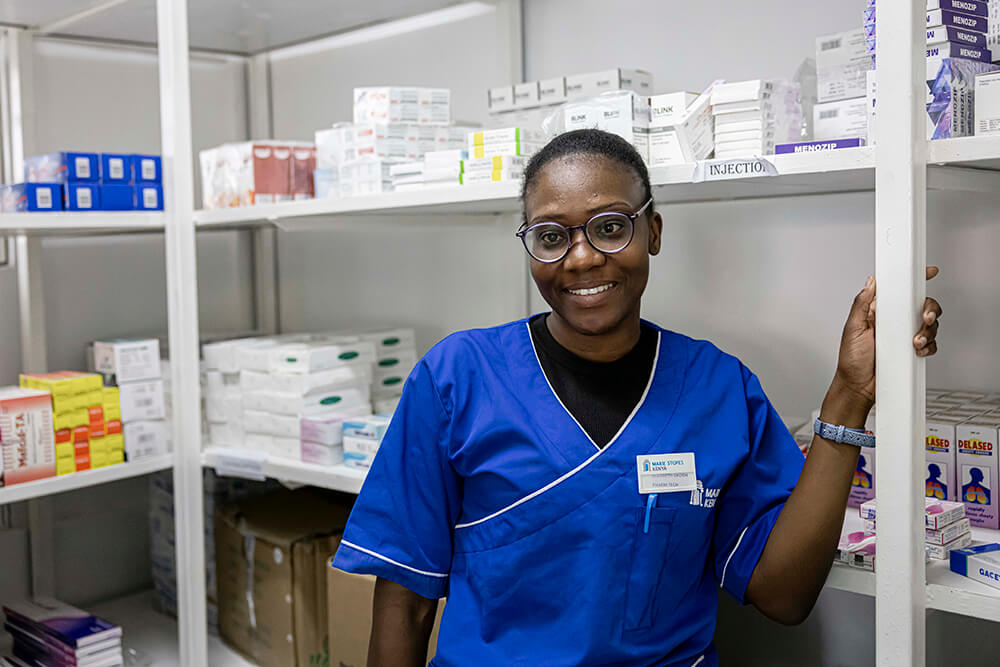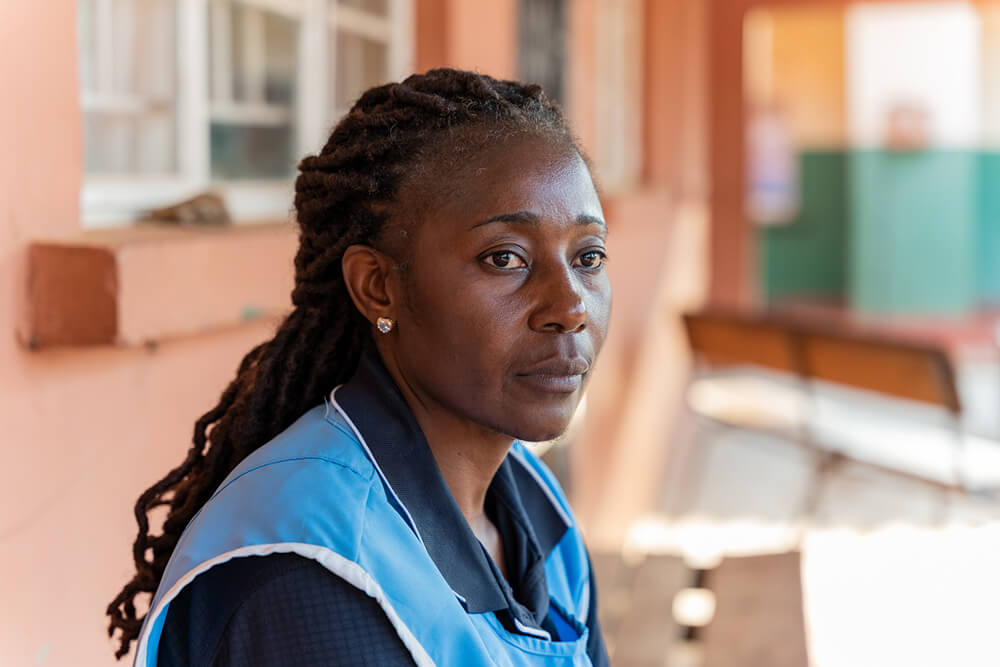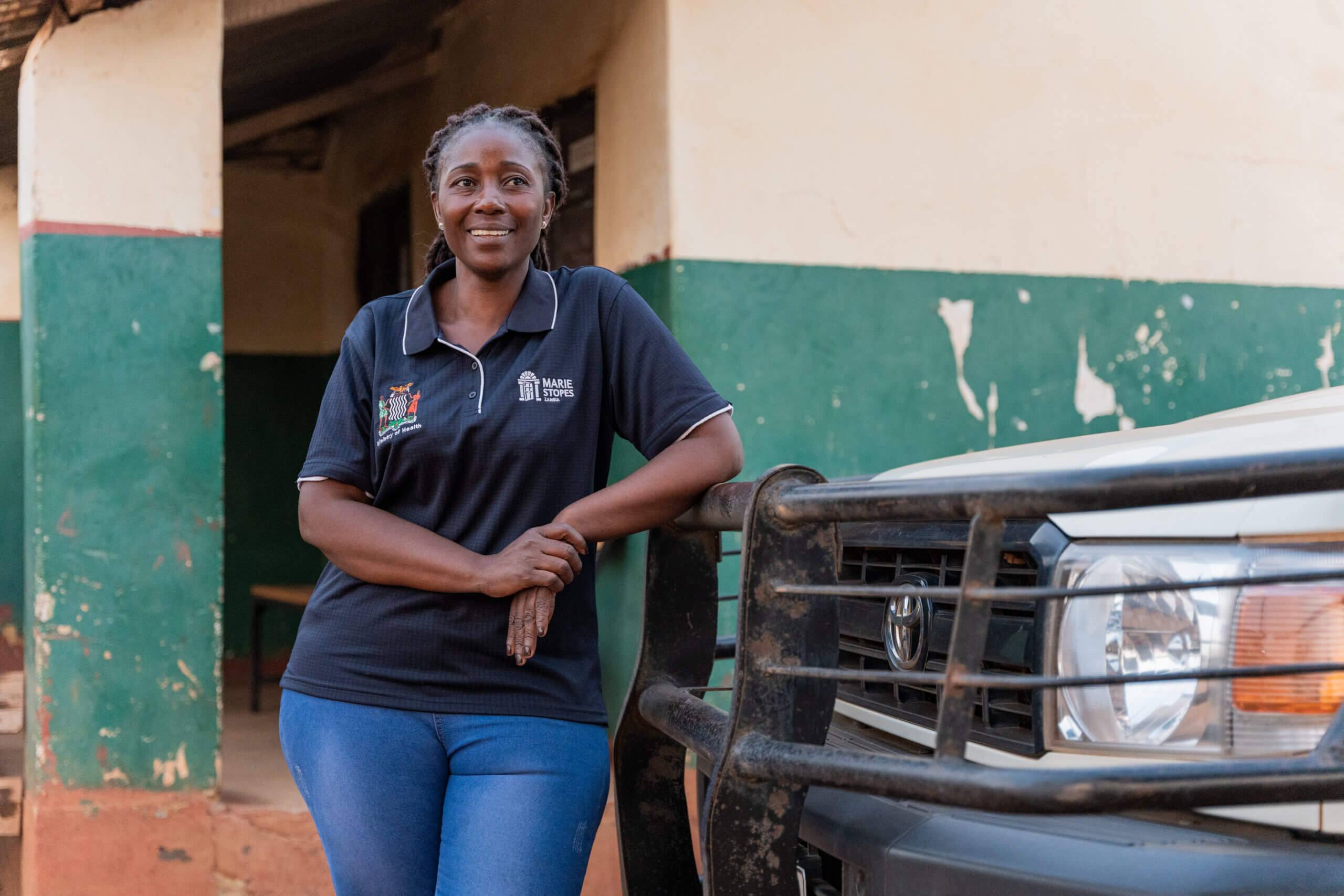Contraception keeps girls in school
For a more equal, sustainable world, girls need to be able to finish secondary school. But every day, girls face barriers to finishing their education—including lack of access to reproductive healthcare. Find out more about why girls’ education matters and how contraception helps girls achieve their dreams.
Why girls’ education matters
When girls are educated, it doesn’t just change their lives. It transforms families, communities and countries.
Girls who are educated are more likely to marry later and delay having children. That means that, if and when they do choose to have children, both they and their children are healthier. When more girls are educated, they have a better understanding of the topic of cause and effect teenage pregnancy, and as a result of their self-awareness pregnancy-related deaths and infant mortality rates go down. Better-educated women also tend to make better decisions about nutrition and health for their families.
Education has long-term financial benefits too. Education enables girls to earn higher incomes as adults. In fact, each additional year of education can increase a woman’s earnings by up to 20%. Boosting women’s earnings helps pull women, their families and their communities out of poverty. Education closes skills gaps and creates a more prosperous world.
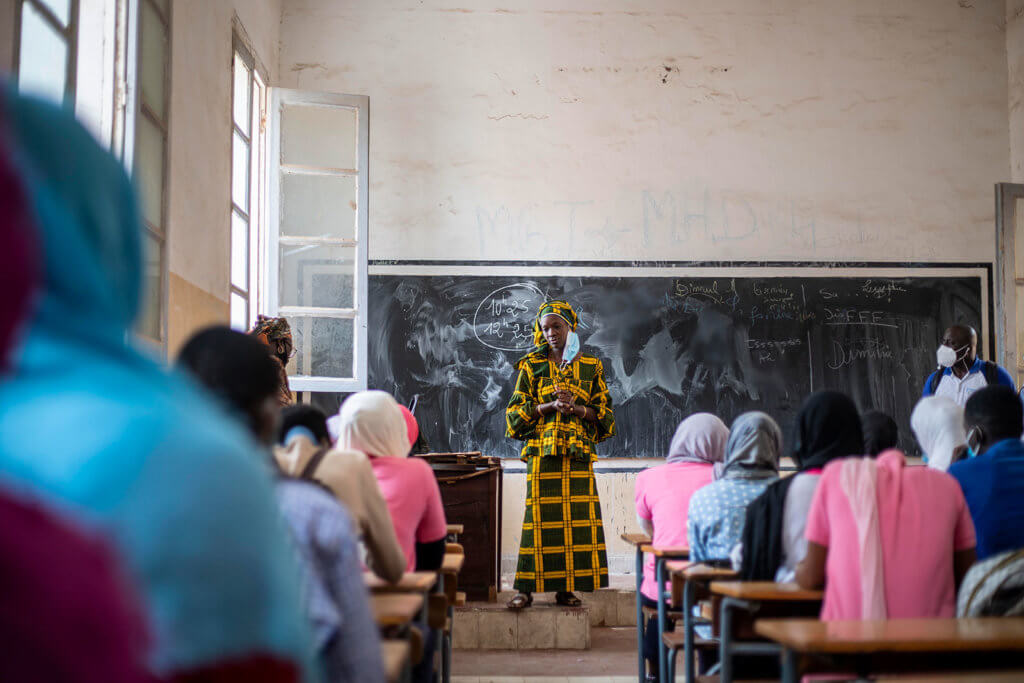
Why are girls out of school?
UNESCO estimates that 132 million girls are out of school. Among girls who enter primary school, only a small percentage finish secondary school. Enrolling girls in school isn’t enough. We need to enable them to continue in education.
Barriers to girls’ education vary in different countries. However, poverty, child marriage, and cultural norms can play a role. One problem in particular prevents girls from finishing secondary school: Adolescent pregnancy.
An estimated 21 million adolescent girls become pregnant each year, and 12 million give birth. In sub-Saharan Africa alone, up to four million teenage girls drop out of school or are excluded every year due to teenage pregnancy. Sometimes, a teen pregnancy can lead to child marriage: In Madagascar, despite 18 being the legal age of marriage, 40% of girls are married by the age of 18.
The numbers vary by country, but they’re discouraging throughout Africa. In Niger one in two girls will give birth before their 18th birthday, while only one in 100 will finish secondary school. Meanwhile, data from Zambia shows that every year, 11,000 girls drop out of school due to teenage pregnancy. That means one in four girls are dropping out for this reason.
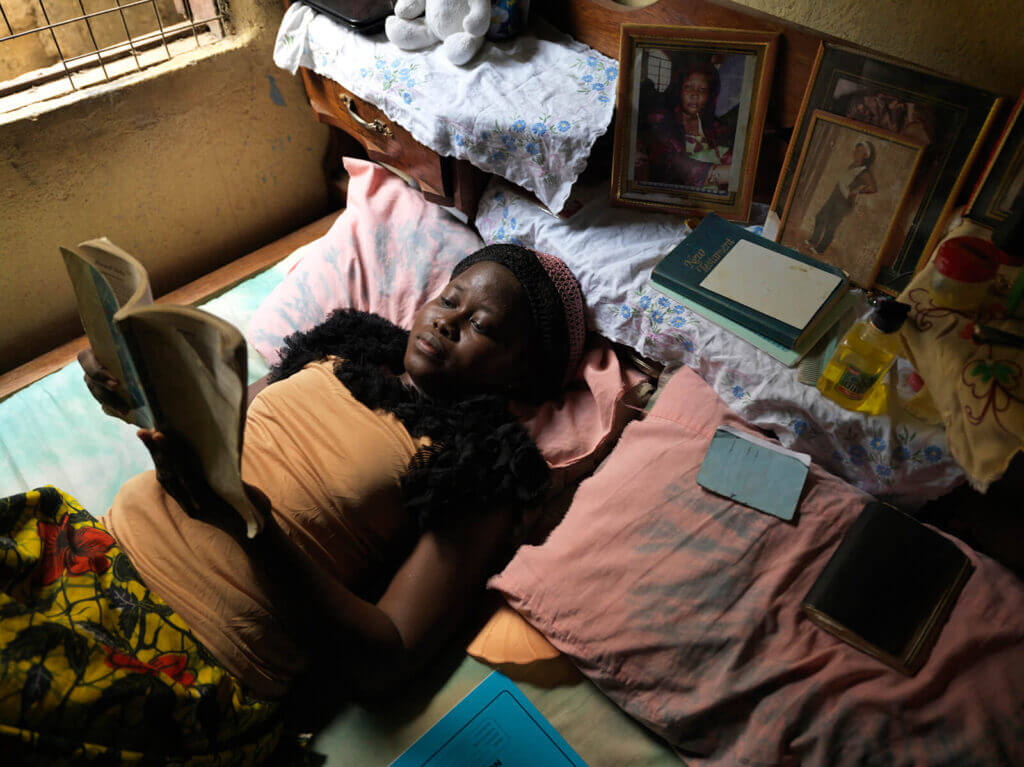
Why is adolescent pregnancy so widespread?
Teenage girls face many barriers preventing them from accessing reproductive healthcare. Even where offered, few girls will make it to high school to receive any sexuality education. In some countries, policy restrictions require parental consent for an adolescent to use contraception. Teens might fear judgment or gossip if they’re spotted at a family planning clinic. They might not know where to find contraception or have the means to pay for it.
Because of these barriers, the Guttmacher Institute estimates that 14 million adolescent girls want to prevent pregnancy but aren’t using modern contraception. Without contraception, it’s no wonder teenage girls are at risk of an unintended pregnancy.
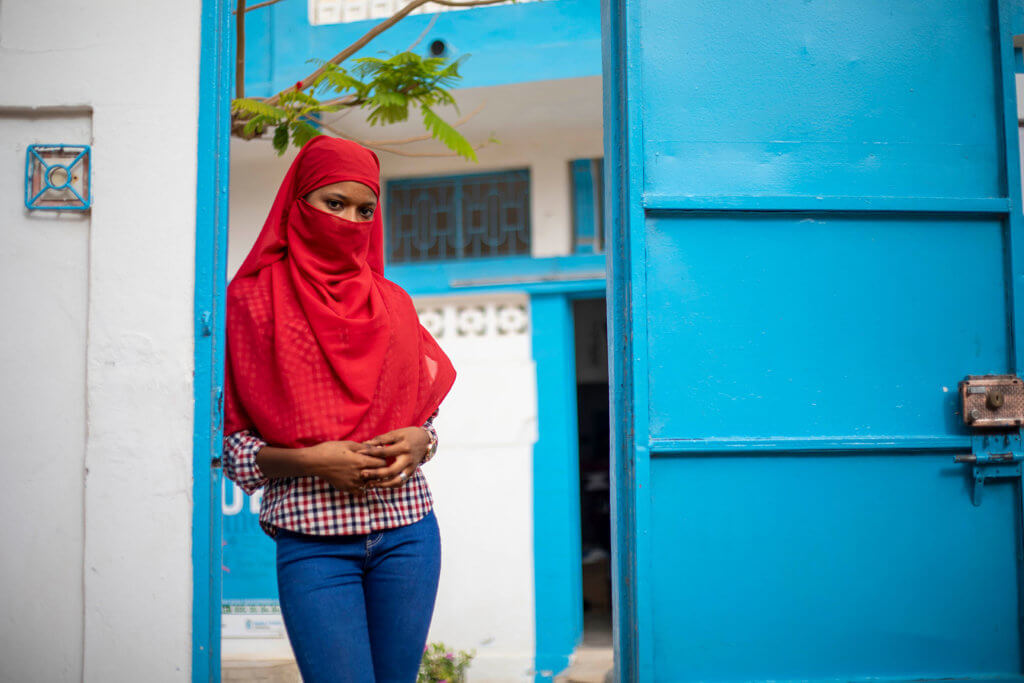
Invest in reproductive health to support girls’ education
To support girls and young women to remain in school, we need to ensure that they have access to contraception, safe abortion and other reproductive healthcare services.
That requires removing legal restrictions that keep adolescents from accessing healthcare. We also must fully fund reproductive healthcare and increase the availability of adolescent-friendly services. Finally, we must increase access to information, including comprehensive sexuality education that refers adolescents to safe services.
To unlock girls’ potential – and unleash the benefits of educating girls – we must keep girls in school longer. By providing reproductive healthcare, we can reduce the number of girls who drop out and create a better future for all of us.



